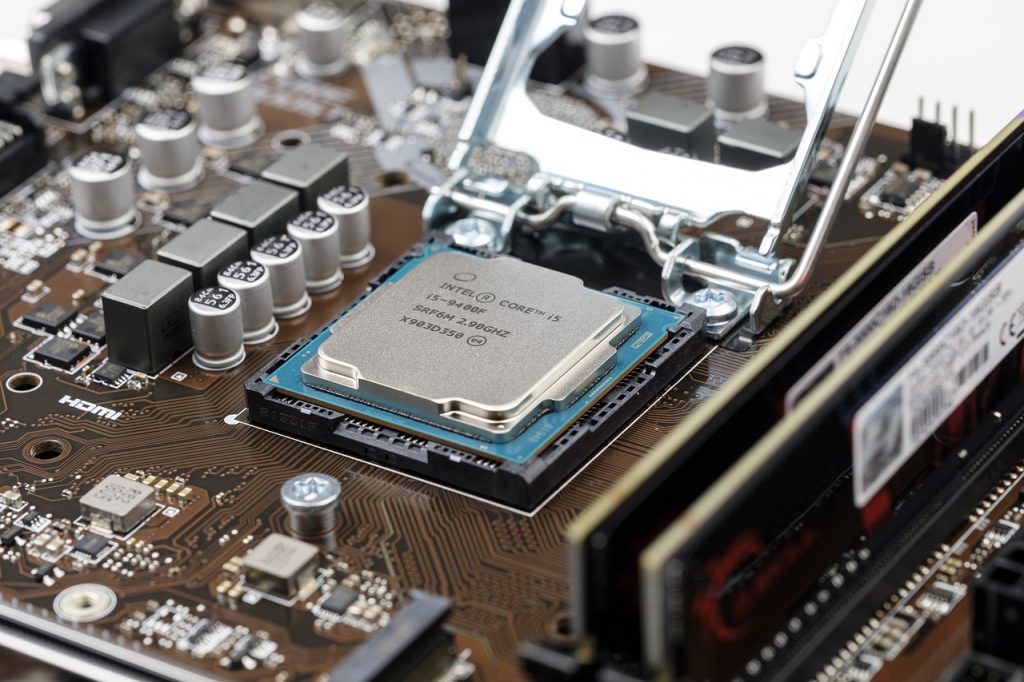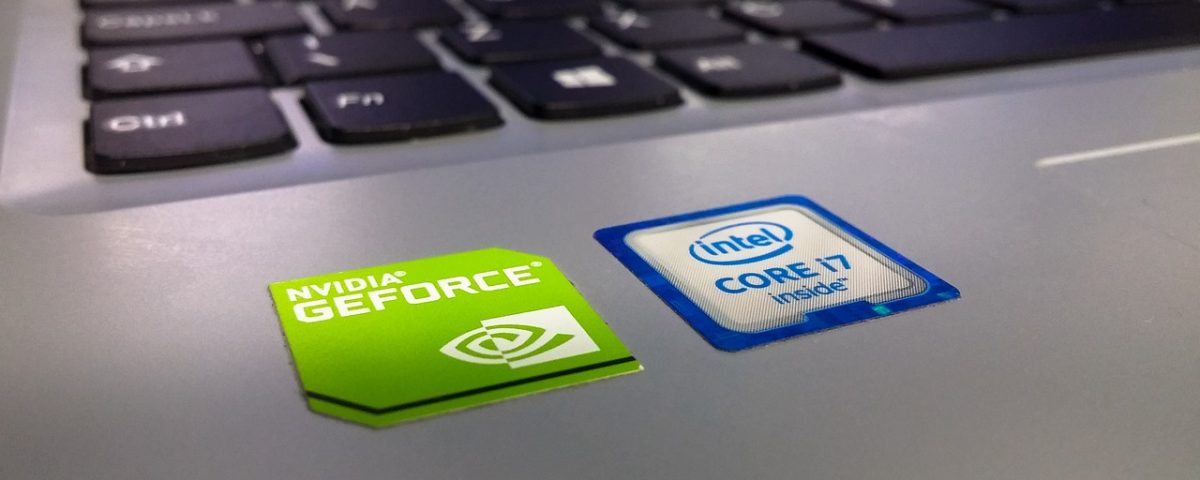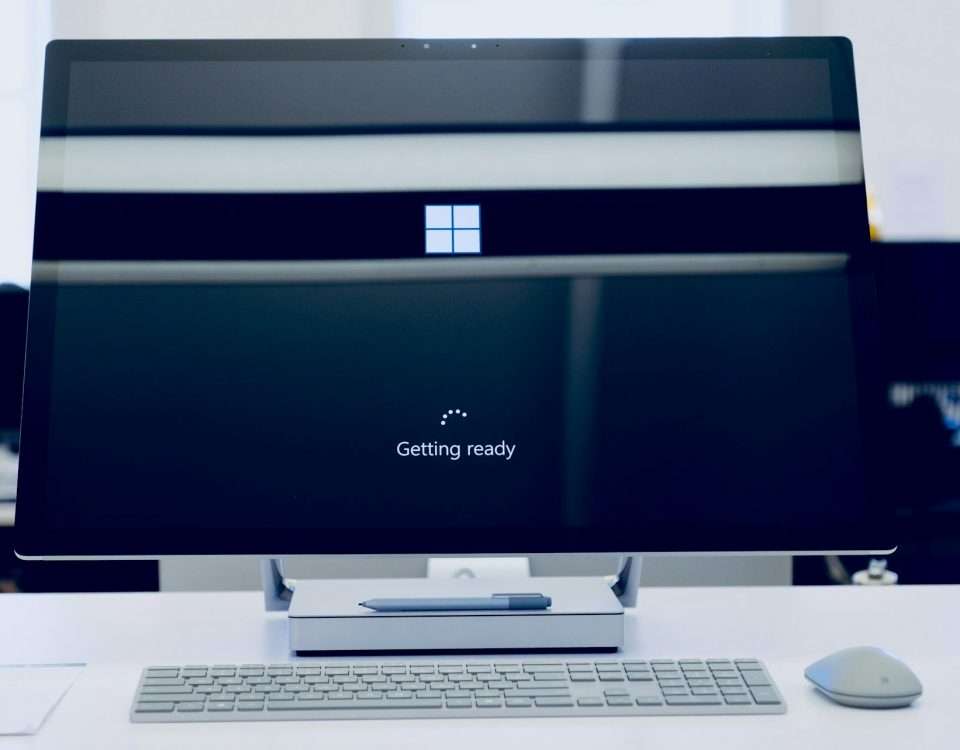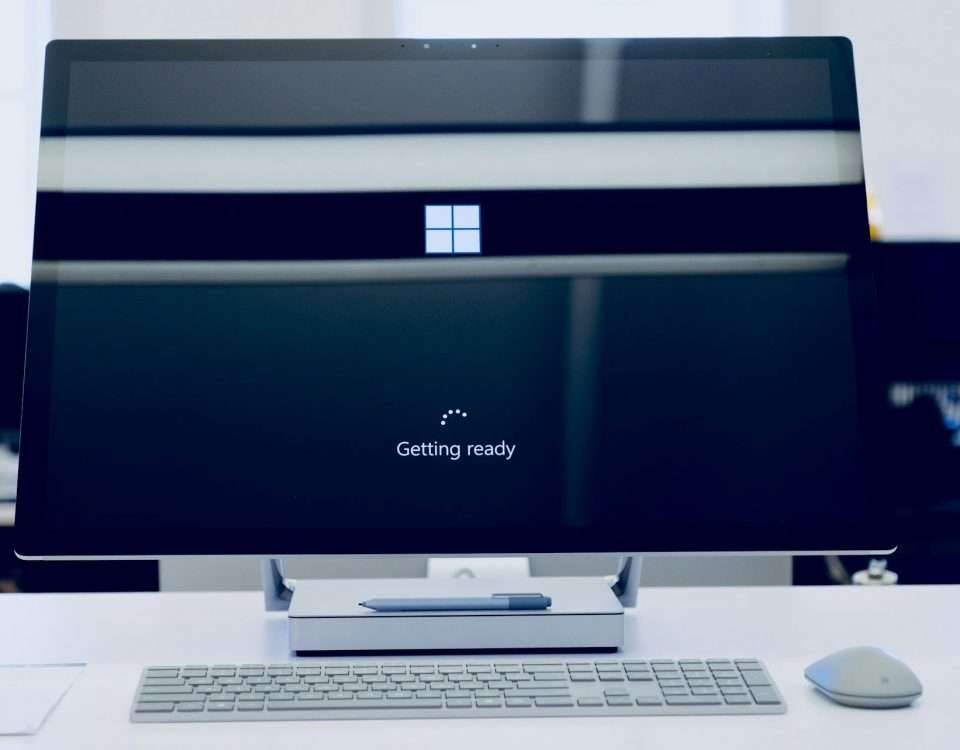Intel i5 vs. i7: Choosing the Right Processor – A Guide by GEEX

Celebrate GEEX’s 20th Birthday Get Free Air Pods with Your Lease!
1 June 2023
Rent a Laptop UK: The Key Benefits and Advantages with GEEX
29 September 2023Introduction
When it comes to selecting the ideal processor for your PC or laptop, the options can be overwhelming. At GEEX, we understand that choosing the right processor is crucial to ensuring your device meets your needs. In this guide, we’ll simplify the differences between Intel Core i5 and Core i7 processors, helping you make an informed decision.
Understanding Your Processor Options
Within the mid-range Intel Core family, there are two primary options:
Core i5
Core i7
Each of these families includes a range of processors with varying price points and CPU clock rates. Your choice between them depends on your specific requirements and budget.
Core i5: Balancing Performance and Cost
The Core i5 processors strike a balance between performance and affordability. While they may not offer the highest level of capabilities, they are well-suited for general tasks and moderate multitasking. If you’re a casual user or have a budget in mind, a Core i5 can be an excellent choice.
Core i7: Unleashing High Performance
Core i7 processors, on the other hand, represent the top-of-the-line option. They deliver superior performance, making them ideal for resource-intensive tasks like media editing, multitasking, and high-end gaming. If your workload demands heavy lifting, a Core i7 will rise to the occasion.

Cores: Processing Power
Both Intel Core i5 and Core i7 CPUs typically feature at least 4 cores, which is suitable for most general users. Some higher-end models, however, offer 6 or even 8 cores, enhancing performance, especially for tasks that require substantial processing power.
Speed: Clock Speed Matters
In general, Core i7 processors boast faster baseline clock speeds (measured in GHz) compared to Core i5 counterparts. The last three digits in the processor model name indicate its performance level. While a higher number signifies better performance; for instance, an i5-X500 is faster and more powerful than an i5-X400.
Hyper-Threading: Boosting Multitasking
Hyper-threading technology allows a processor to handle more threads simultaneously, improving performance for multi-threaded tasks. All Intel Core i7 processors come with hyper-threading, enabling them to manage 8 threads with 4 cores. While a few Core i5s offer this feature, they are limited to 4 threads, either through 4 real cores or 2 cores handling 4 threads.
Cache: Speeding Up Repetitive Tasks
Core i7 processors also come with larger on-chip memory, known as cache. This cache helps processors manage repetitive tasks efficiently and access frequently used data faster. Additionally with a larger cache size, multitasking becomes smoother as background tasks remain ready when you switch focus.

Choosing the Right Processor for You
The choice between Core i5 and Core i7 ultimately boils down to your specific use case. For most users, a Core i5 strikes the right balance between performance and affordability. However, if you engage in resource-intensive tasks such as video editing or 3D rendering, the additional capabilities of a Core i7 may justify the higher cost. In addition if you’re looking for a more in depth analysis of Intel’s 13th gen processors check out this article by Tom’s Hardware with all the specifications and technical information so you can make an informed decision! For more articles on the latest in technology trends, visit our blog homepage. Our commitment goes beyond helping you select the right processor.
Conclusion
Now that you have a better understanding of Intel’s processor families and their capabilities, it’s time to make an informed choice for your next PC or laptop. At GEEX, we are your trusted technology partner, specializing in providing comprehensive IT solutions and expert guidance.
Our commitment goes beyond helping you select the right processor. We offer a wide range of devices available for lease through our 3-year Rental or Lease program. Why lease with GEEX? Here are some compelling reasons:
- Affordability: Leasing allows you to access cutting-edge technology without the upfront costs. Also it’s budget-friendly, and you can allocate resources more efficiently.
- Warranty & Support: Our lease packages come with a full warranty & support, ensuring that your investment is protected against unforeseen issues.
- Technical Support: GEEX provides dedicated technical support, ensuring that you have assistance when you need it, making your technology experience hassle-free.
- Upgrade Flexibility: Leasing provides you with the flexibility to upgrade to the latest technology at the end of your lease term, ensuring you always have access to the best tools for your needs.
Choosing your next device is more than just picking a processor. It’s about making technology work for you. Contact our expert team at 0121 285 0098 or email info@mygeex.co.uk, and let us simplify technology for you. GEEX – Your Computer Leasing and Support Specialists in Technology.




